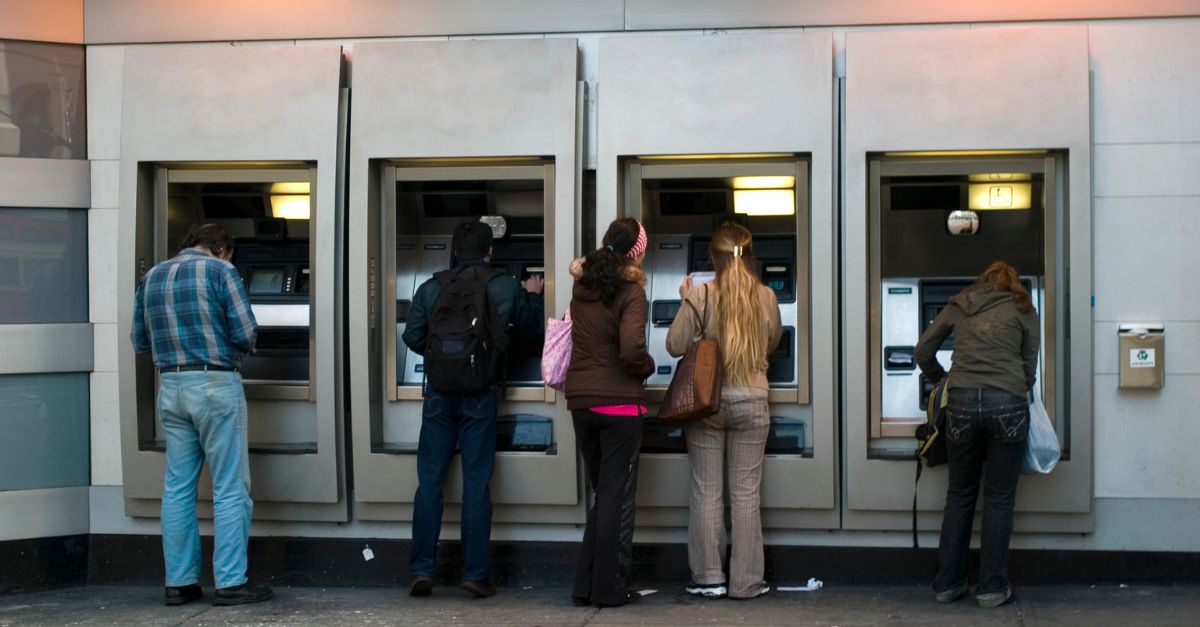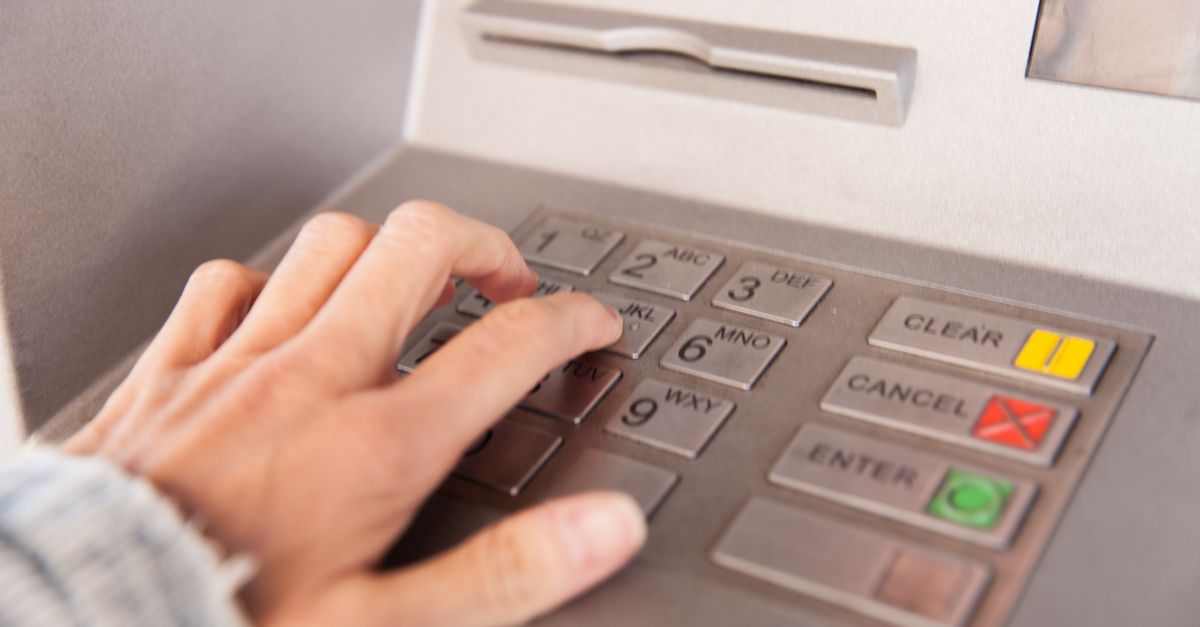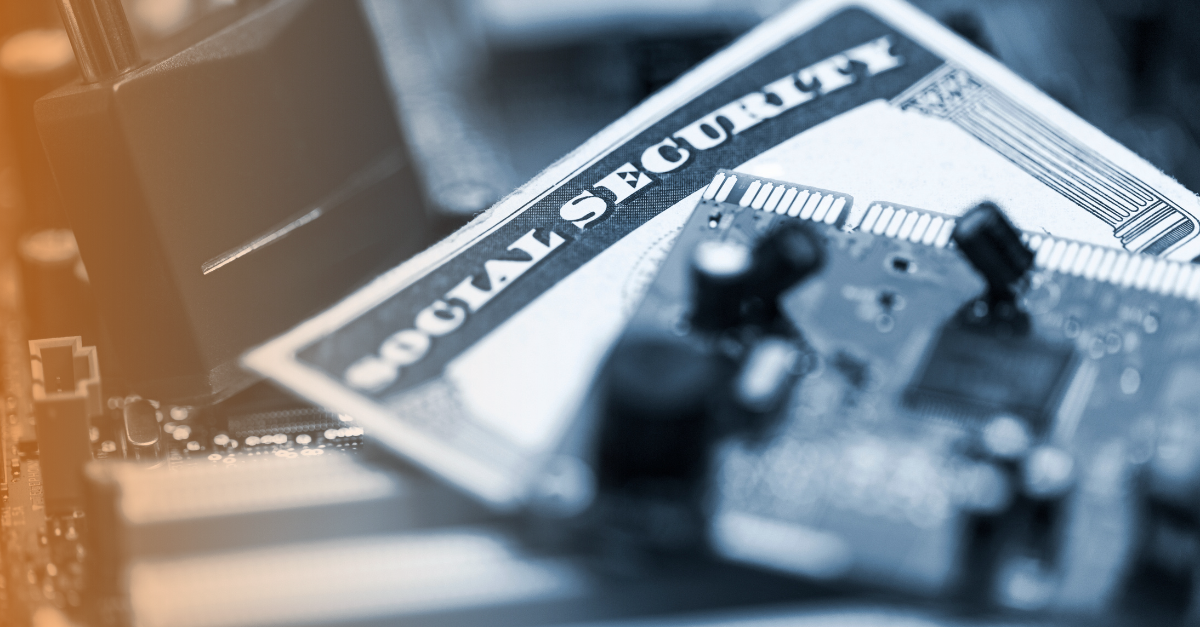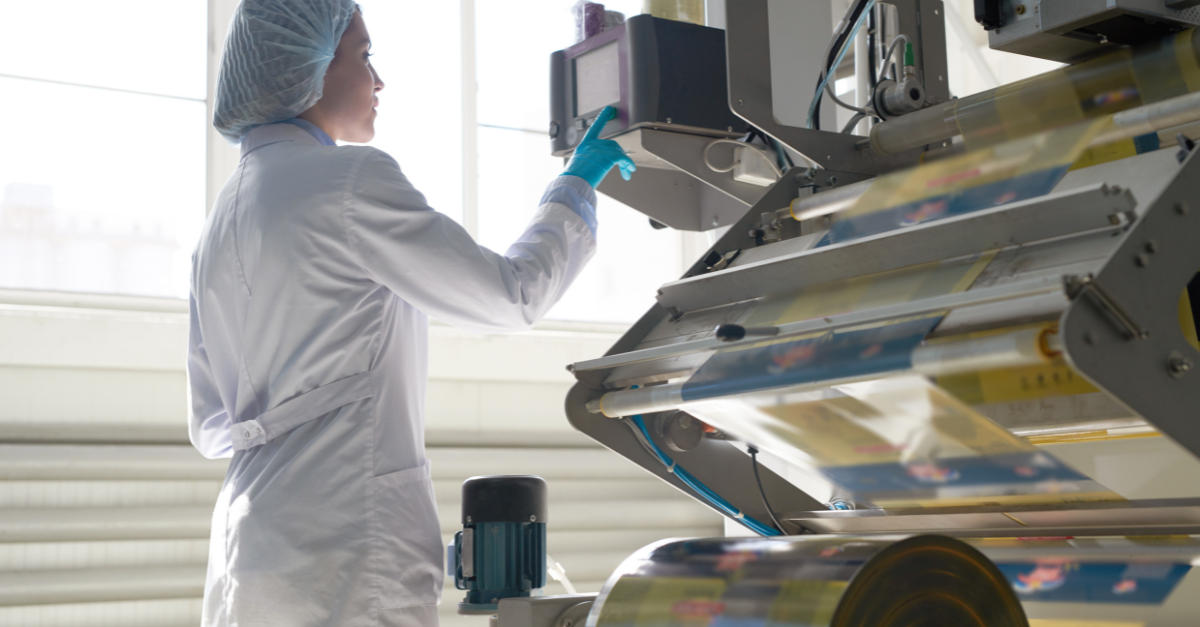Are ATM’s Outdated? The Need For Better Self-Service in Banking

Its no secret the banking industry is undergoing a significant transformation. One of the most notable shifts is towards cashless transactions, where customers are empowered to manage their financial transactions independently by using peer-to-peer apps, digital banking apps, and of course bank cards. This evolution is driven by a demand for convenience, efficiency, and 24/7 accessibility.
Cashless transactions are convenient, but there is still a need for trips to the bank for checks, loan applications, bank statements and more. However, because of the pandemic, bank customers are less and less enthused to want to talk to a financial professional in person. We could say “banks need more self-service options,” but that underscores something that’s been around for years: the ATM.
While ATM (Automated Teller Machines) have been a cornerstone of self-service banking, they are falling short of their potential to bridge the gap between in-person banking and self-service.
The Limitations of a Standard ATM

ATM’s are mostly what banking customers use nowadays to complete transactions, without ever having to step foot in a branch. We see them everywhere; gas stations, grocery stores, shopping malls, or even located right outside the bank branch or in the main lobby.
But, ATM’s are used primarily for just 2 things: cash/check withdrawals and deposits. As we said before, this is the era of cashless transactions, so the need for it is dwindling. Not to mention, with the rise of banking apps, checks can be deposited into an account by simply snapping a picture on a phone and uploading it to your bank's app. So, the functionality of an ATM is becoming more and more outdated as banking technology advances. In 2019, the number of ATMs in the United States hit a peak of 470,000 but has steadily declined since, dropping to 451,500 by the end of 2022.
All other transactions need to be dealt with by a teller within a bank branch, but even that small convenience is declining. With many consumers preferring to do their banking online, the role of bank teller is also decreasing– expected to decrease by 15% by 2032.
So when it comes to transactions that customers truly need – like personal checks, cashier’s checks, deposit slips, or statements for large purchases or life events like buying a home or car, renting an apartment, applying for a marriage certificate…should they need to schedule an appointment with a financial professional?
Let’s look at the functionality of a typical ATM:
- Cash withdrawals
- Balance inquiries
- Fund transfers between accounts
- Check deposits
These features, while essential, barely scratch the surface of what ATMs could potentially offer. Many banking tasks still require a trip to the teller, which contradicts the convenience promise of self-service.
The Answer: Enhanced Self Service Kiosks
To truly revolutionize self-service banking, ATMs need to evolve beyond their current capabilities. With teller transactions and tellers themselves decreasing, the logical step forward with self-service is to combine teller transactions with the convenience of an atm.
ATM’s can transform into an advanced check printing machines, freeing up time for banking professionals while empowering the customers to do more themselves.

TellerCentral is that solution. Like an ATM, TellerCentral lets customer service themselves, but with even more options. Banks can now offer self-service:
Check Printing: By integrating check printing functionality such as check sheets, personal checks, or cashier’s checks, ATMs can offer immediate check issuance, saving time and reducing branch traffic. TellerCentral is integrated with TROY MICR printing technology, so check printing is easy, compliant and secure.
Cash Recycling: Cash recycling ATMs can accept and dispense cash, optimizing cash flow and reducing the need for frequent refills by bank staff.
Bill Payments and Transfers: A more user-friendly interface could streamline bill payments and fund transfers, integrating seamlessly with the customer's online banking account.
Not to mention, the full capabilities of a standard ATM.
The Future of Self-Service Banking
As technology advances, the potential for ATMs to offer a wider range of services is immense. By incorporating these enhanced functionalities, banks can improve customer satisfaction by offering more services through ATMs, which cater to the growing demand for convenience and quick access to banking services.
Additionally, increasing operational efficiency is possible by reducing the workload on branch staff, enabling them to concentrate on more complex, value-added services. Moreover, enhancing security is feasible with modern ATMs equipped with advanced security features, ensuring a safe and secure environment for a broader range of transactions.
In conclusion, the shift towards self-service banking is a natural progression in our digital age. By expanding the capabilities of ATMs, banks can better serve their customers, reduce operational costs, and stay competitive in a rapidly evolving market. It’s time for ATMs to evolve from simple cash dispensers into multifunctional service centers that truly embody the essence of self-service banking.
Visit our website to find out more about the TellerCentral.
Related Posts

How Governments Can Better Protect Our Data
Identity theft seems like it wouldn't be a pressing issue in 2024, but its is actually affecting millions of individuals and businesses worldwide. From data breaches to phishing..

FinTech vs. Traditional Banking: How Banks Can Bridge the Gap
As the financial services industry evolves, banks are increasingly embracing fintech applications to meet the demands of a digital-first world. With mobile banking, payment apps,..

Printing On A Package: The Role of Industrial Inks
Have you ever looked at a pizza box, or a label on a glass bottle or cap, and thought "Gee, how do did they get that printed on there?" The answer is through industrial printing...



Leave a Reply